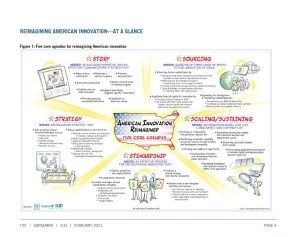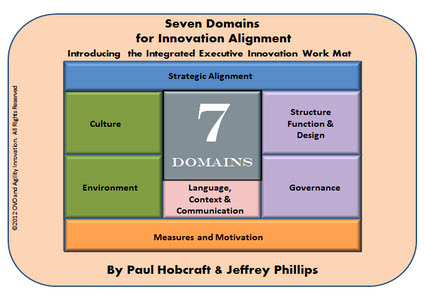
Backcasting is a planning method that starts with defining a desirable future and then works backwards to identify policies and programs that will connect that specified “future to the present”.
The fundamentals of the method were outlined by John. B. Robinson from the University of Waterloo in 1990. The fundamental question of backcasting asks: “if we want to attain a certain goal, what actions must be taken to get there?”
While forecasting involves predicting the future based on current trend analysis, backcasting approaches the challenge of discussing the future from the opposite direction; it is “a method in which the future desired conditions are envisioned, and steps are then defined to attain those conditions, rather than taking steps that are merely a continuation of present methods extrapolated into the future”
I have collected different views on “Backcasting”.
Those are from assorted references like Wikipedia, from past work on water and energy systems, Natural Step, from Innosight, discussed and promoted in Mark Johnson’s book “Lead for the Future” and a really recent one from Roxi Nicolussi and her Backcasting; Creating a Strategic Roadmap for the Future” or finally here, this one “All Roads Lead From The Future Back — A Vision and Spoke Model” by Aidan McCullen. I am looking to further explore the applications applied in water, energy and climate work.
So exploring backcasting as a method
Continue reading “The art of backcasting needs care in innovation activities”
![]()





